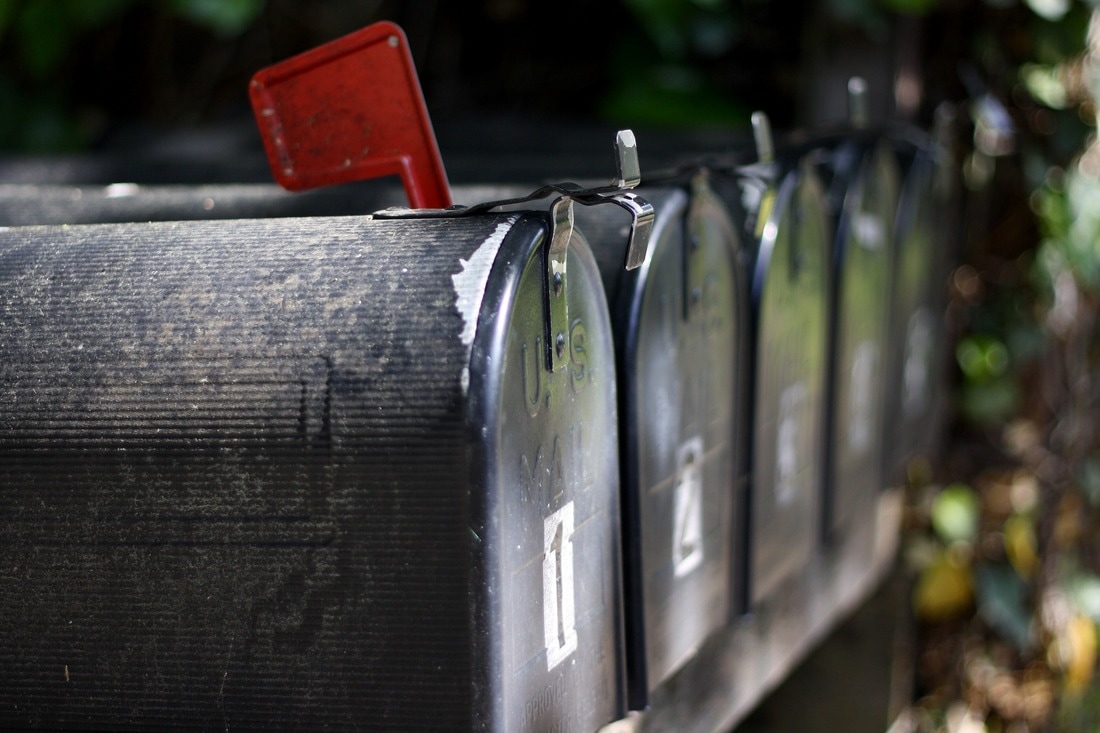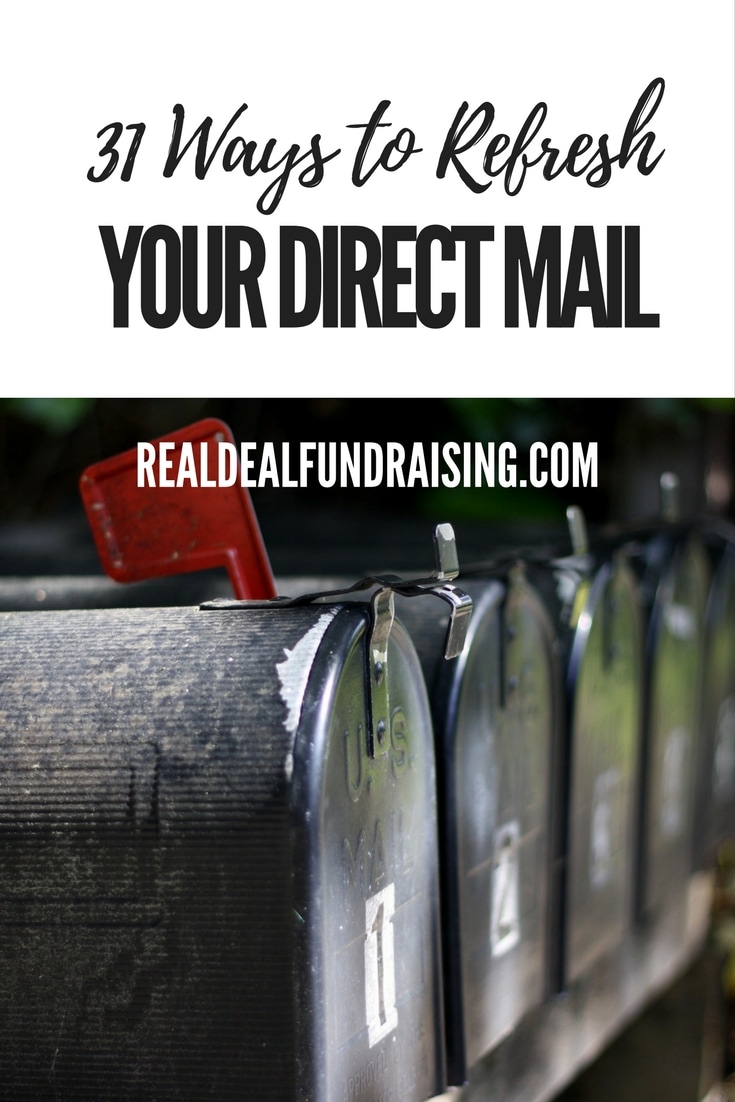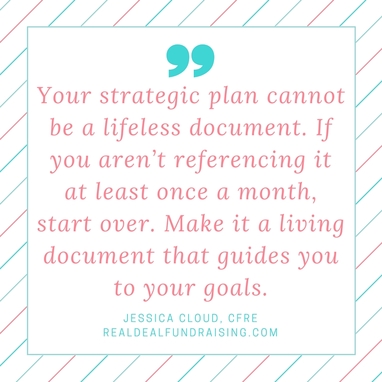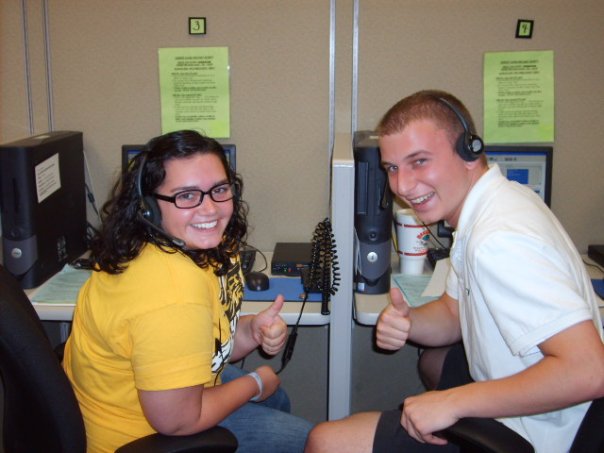Did you get at least 2 good ideas to pursue from this list? Which one was most helpful? Do you have any tips for my readers struggling to make their direct mail copy fresh? Comments and questions are, as always, welcomed and encouraged! Best of luck in your copywriting! Cheers, Jessica Cloud PS – I TOLD YOU EVERYONE READS THE PS! If you liked this post, you might also like these:
PPS - If you found this article helpful, please comment and let me know. Also subscribe to Real Deal Fundraising so you don't miss a post! You'll get my guide to Call Center Games for Free! Over the last few weeks, I've been posting about a wide variety of best practices to improve contact rates in phonathon. This post will serve to consolidate this information and recap the recommendations.
It is not possible to raise money from someone that you can't get in touch with, so contact rate is crucial to a healthy phonathon. When your contact rate improves, you will raise more money even if call quality doens't improve at all. It is not optional. You must have a plan to get your data clean and valid and keep it that way. First Steps to Improve Phonathon Contact Rates: This post outlines the importance of contact rates and details the basic research processes that every phonathon should be doing prior to loading data for the year. Next Steps to Improve Your Phonathon Contact Rate (Wireless ID and Wireless Append): This post lays out the trends with respect to households transitioning to wireless only. Your database must manage phone types properly to accommodate this shift. There are also new data research tools that you need to make use of to acquire cell phone numbers. Continuing to Improve Phonathon Contact Rates (Most Best Practices): In this installment, I recommend that you manage your data so that you do not load known invalid phone numbers for calling again. Once you remove those invalids, you'll need to find more groups to call and I show you how to lobby to call new colleges, schools or units. Improving Contact Rates in Phonathon with Where-Are-You-Now Emails: Besides making good use of data research services, you should also go to your constituents and ask them to update their information. In this post, I give an overview of sending next day "where-are-you" emails and "where-are-you" email blasts. Young Alumni, Contact Rates and the History of Cell Phones: This post shows why young alumni are a strong group for contact rate and gives a comprehensive argument for why you should not remove young alumni from phonathon. I hope you find these tips helpful. If you implement these strategies, your contact rate will improve. Improved contact rate in your phonathon will mean more money for your institution. Please comment below and let me know your results. A solid strategic plan is not an easy thing to write. Ideally, it should have a balance of big picture thinking and sufficient detail so that it can be implemented. A strategic plan cannot be pie-in-the-sky but it also cannot be a user’s manual full of which button to push.
I would advise that strategic planning begin with 3 steps:
Do you have staff and budget to promote planned giving opportunities? What can you afford to do in terms of direct mail, phonathon, donor relations, etc.? Don’t forget about crucial areas like stewardship and fulfillment (pledge follow up). Also, pay special attention to data integrity and enrichment. You cannot afford to ignore those important areas. Now, you have to combine your various vehicles for communication with the content: the case for support. What will you be focusing on this year? What are the needs of your institution? Scholarships? Program support? Operating expenses? What’s the impact that the donor will have in the world if they make a gift this year? Begin to weave these messages into thoughts about how to segment your data this year. The final part of your strategic part is to have a calendar. You know enough now to lay out the steps. Don’t go into too much detail but have a month-by-month list of what major action steps need to happen to accomplish your goals. Review this calendar regularly at staff meetings. It is inevitable that you won’t get to all your great ideas in one year. I’ve found it helpful to add a section at the end of my plan called “And Beyond” where I can stash my great ideas for future years. It keeps me inspired and helps me not to forget. Encourage other staff to join you in adding to that list throughout the year. Most importantly, the strategic plan cannot be a lifeless document. If you aren’t referencing it at least once a month (preferably more), it isn't working for you. Start over. Make it a living document that guides you to your goals. Your phonathon contact rate is a metric that measures your data integrity. It answers the question: How often does a completed call result in a solicitation of the correct individual?
Contact rate is defined as the percentage of your completed calls that are actual contacts. The formula is number of contacts divided by number of completes. As previously stated, all contacts (pledges, refusals, etc.) are completes but there are also other non-contact completes including deceased, wrong numbers, do not calls, disconnected, etc. If your contact rate is 36%, this means that out of 100 completed calls, you are only asking 36 people for a gift. The other 64 calls are marked as wrong numbers, do not calls, etc. It is difficult to raise money in this data environment. A strong contact rate would be in the 60-70% range. The more times that you talk to the correct person, the more chances you have to raise money. When contact rate improves, it becomes easier for the callers to raise money because they are making more solicitations per hour of work. When contact rate improves (even when call technique and caller performance does not improve), raising money becomes magically easier. So, if you have a contact rate problem, what are some inexpensive ways that you can begin to improve this metric? My first recommendation is always, begin with basic research. Basic level research is a two-step process:
Essentially, this process looks for people who have recently moved and then searches for whether there is a phone number at the new address. These two services are very inexpensive to undertake but are the foundation of a strong research program for phonathon fundraising. You should check with your advancement services staff to see if NCOA is being done regularly. Oftentimes this is standard procedure for advancement services to run an NCOA but a regular phone append process is less common. If your shop doesn’t already do this, begin lobbying for this to take place. I would recommend NCOA be done quarterly and a phone append annually or once per semester. Another thing to keep in mind as you inquire about this with advancement service staff is timing. Ideally, you would like NCOA and a phone append run in the summer as close as possible to the time that you begin you phone program for the new fiscal year. (Just make sure the results are incorporated into the database before the calling data is pulled and loaded.) Your effort will be rewarded. Any time spent on data integrity and research is like giving your callers a magical head-start on your fundraising goals. |
Jessica Cloud, CFREI've been called the Tasmanian Devil of fundraising and I'm here to talk shop with you. Archives
June 2024
Categories
All
|





 RSS Feed
RSS Feed
